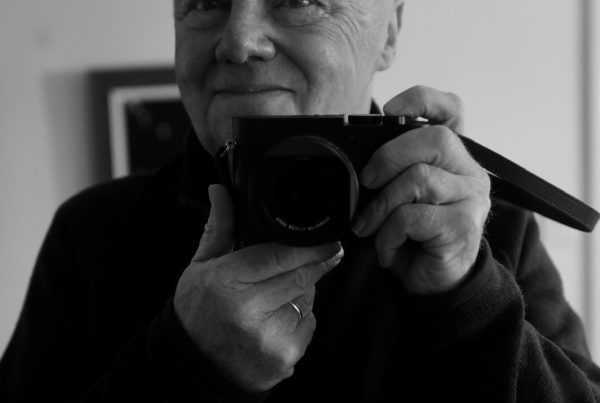
This page is under construction. If you wish to add information to it, read the instructions here.
Jamie Young is an architecture graduate who attended University College Dublin. Since graduating Jamie has been involved in various projects working with Dublin City Council. These include a research document on Mountjoy Square for Dublin City Council and a research project on alternative uses for overlooked sites in Dublin’s city centre as part of the group PRACTICE. This work culminated in an exhibition, “space|overlooked”, in Dublin Civic Trust which will run until the end of the month (February 2012). He is currently the coordinator of Waterford Pop-up, Waterford City Council’s new city centre rejuvenation scheme. 1
Projects
- Water Towers of Ireland (2010-present)
Water Towers of Ireland is a research project undertaken by Jamie Young and ongoing since June 2010. The project began with an urge to draw people closer to these objects which seem to permanently sit on the horizon, and it quickly grew into an obsession. Part inventory, part photographic essay and part history, the work now includes maps, anecdotes, drawings, polaroids, large prints and an exhibition.
Exploring water towers through photography, the images of Bernd and Hilla Becher quickly come to mind. The Bechers’ studies of industrial typologies were strictly documentary in nature and were often exhibited by type, laid out in grids. Each piece of industrial architecture was photographed in black and white, in flat light and in isolation of its surroundings. This approach meant that similar forms of structure could be easily compared, while also leaving them devoid of their individual character.
Stepping away from the hard documentary style of the Bechers’ series, Young’s images look to give an emotive value to these objects, these erratics of our everyday landscape. His photographs convey their personalities and act as portraits, while accounting for a lack of uniformity in scale, surroundings and weather conditions.
Jamie became interested in water towers because of their form, singular use and roles as landmarks. While researching and cataloguing the towers, he also found that they could indicate a timeline in the history of the country – from the oldest water towers of railway stations, through the progression of concrete construction, and on to the need for larger reservoirs in recent times, when communities have simply outgrown their elevated supply. While these angles all helped to form a long inventory and map nearly two hundred towers, the most interesting route to discovery was through property websites. In this instance, the vital role of the water tower is stripped away and it now stands only as a landmark – “…and take the last exit to the left before the water tower”.2










